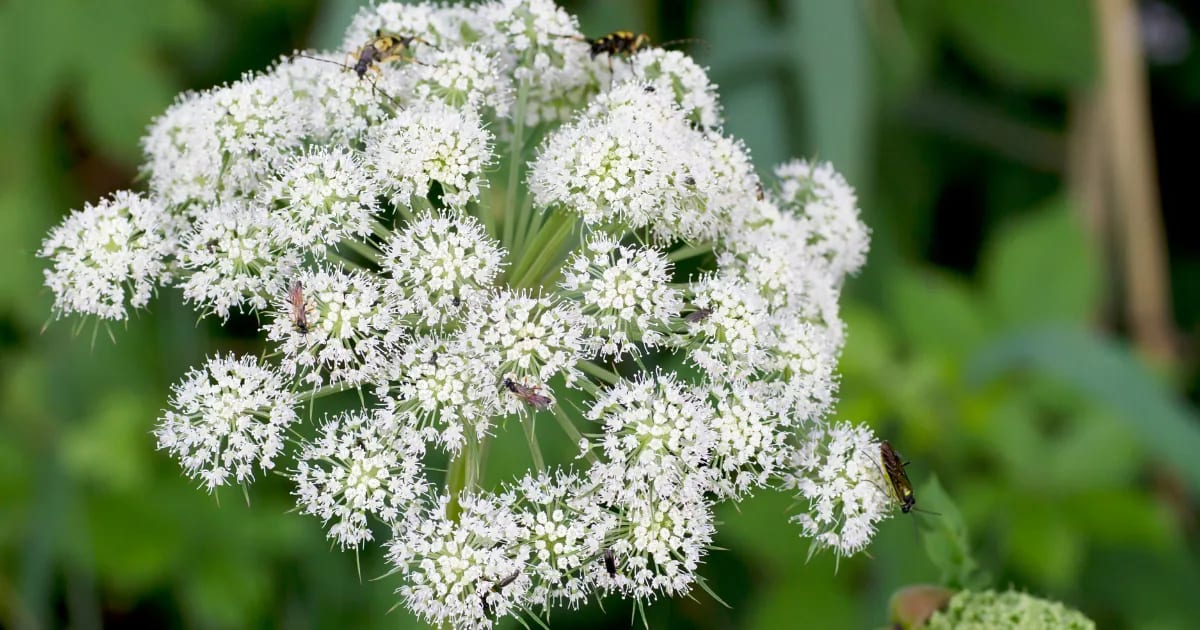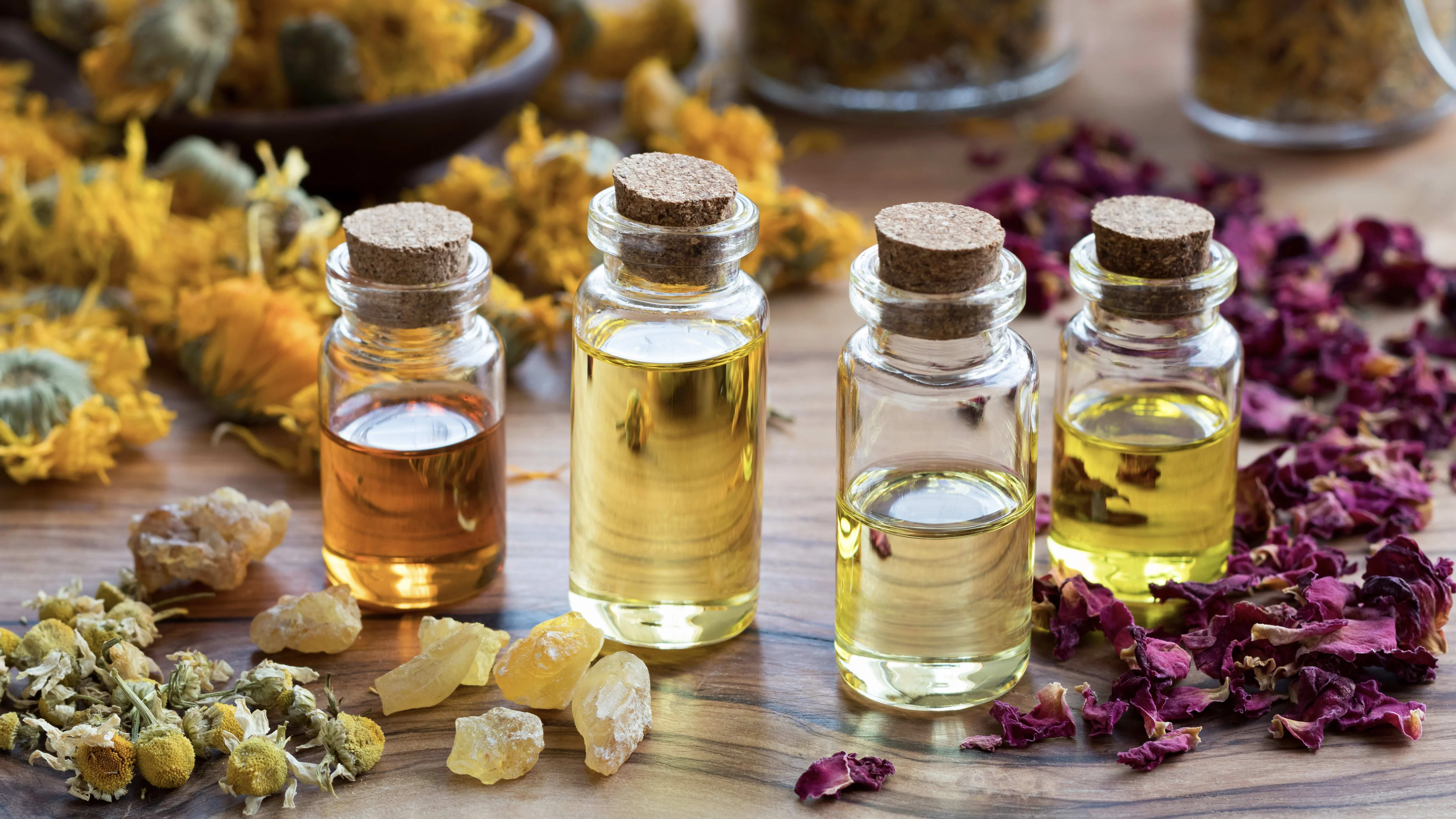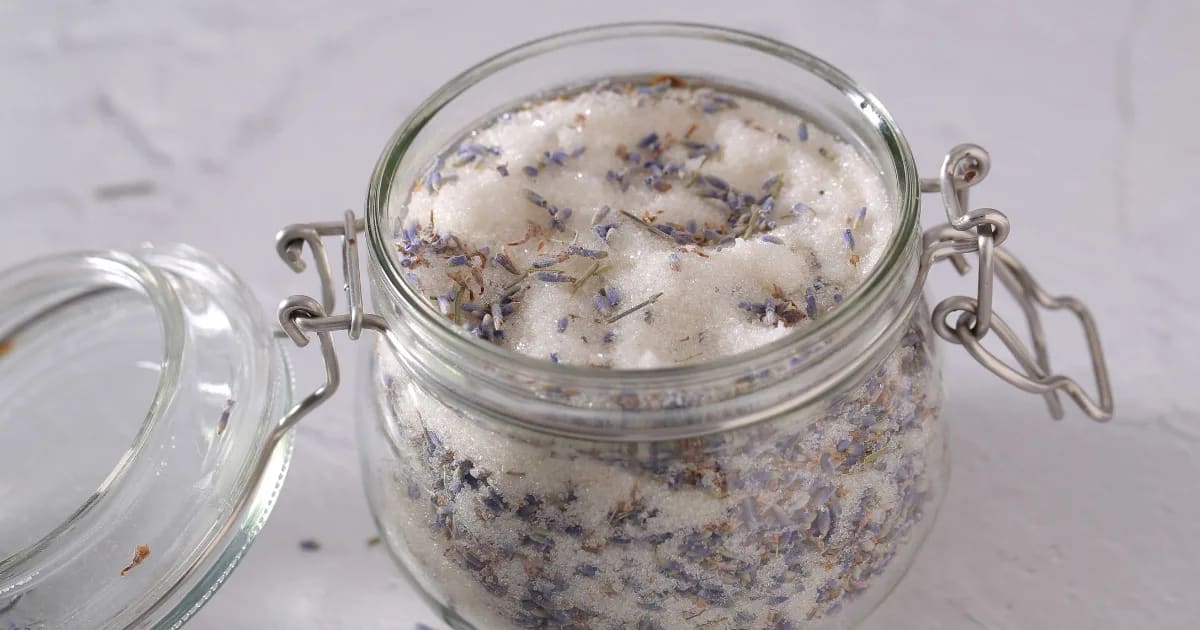Benefits and Uses of Angelica Root Oil

Angelica Root boosts immunity, eases pain, and calms the mind.
Angelica Root oil (Angelica archangelica) is a beautiful addition to your essential oil collection. It has a complex, earthy, herbal aroma that warmly embraces you when cold weather makes you achy and sniffly.
In this post, you’ll learn Angelica Root’s uses, learning how to create blends for pain relief, immune support, soothing anxiety, and more. And (of course!) you’ll learn the safety of Angelica Root oil.
This oil comes to us from France. According to folklore, it earned its poetic name when the Archangel Michael revealed the plant’s properties to a monk during the plague. It was so trusted during these times that people used to carry pieces of angelica root around in their mouths for wellness and protection!
If you love the benefits of Eucalyptus (Eucalyptus globulus) for cold and flu season, but you’d like an oil that’s a little more relaxing, you’ll find a go-to friend in Angelica Root. This gentle, soothing oil is also safer for children than Eucalyptus (which can overwhelm their respiratory systems).
Angelica Root Oil Aroma
Angelica Root’s aroma has earthy, rich, and herbaceous notes. The herbaceous notes can sometimes present as quite green and fresh. I like softening this aspect by blending Angelica Root with other earthy scents, like Patchouli or Vetiver, and with bright, fruity Sweet Orange. (Just make sure you’re blending with non-phototoxic oils for most uses. I’ll talk more about that below.)
Angelica Root Oil Therapeutic Components
Angelica Root essential oil’s chemistry isn’t too heavily dominated by any one component, though it’s rich in monoterpenes. The chief one we see is α-pinene, which has remarkable antimicrobial, anti-inflammatory, and anxiolytic properties. (Read more about α-pinene here)
We also see a healthy presence of δ-3-carene (you might see this written as “d-3-carene” in some places, but the “d” is really the Greek letter “delta”). δ-3-Carene brings anti-inflammatory and mucolytic effects to the essential oil. Another monoterpene that Angelica Root typically contains is β-phellandrene, which is a potent antifungal.
The immune-stimulating monoterpenes d-limonene and α-phellandrene also show up. Since α-pinene also supports the immune system, Angelica Root is a stalwart support during cold and flu season.
Angelica Root Oil Therapeutic Uses
Anti-inflammatory and pain relief: Monoterpenes, especially α-pinene and d-limonene, have been shown to suppress inflammatory mediators and enzymes, like 5-LOX and COX-2. These enzymes play roles in painful conditions like arthritis and muscle aches. Our ability to naturally reduce them gives us a beautiful tool in the struggle against pain.
Immune support: Containing potent antimicrobials like α-pinene and d-limonene, Angelica Root can support your body in resisting infection. Monoterpenes have been shown to disrupt free virus particles, making viruses less potent before they infect cells (but not after). And d-limonene has been shown to support white blood cell count, giving your body additional advantage on the path to wellness.
Respiratory care: Angelica Root has a combination of immune-boosting and anti-inflammatory components along with the mucolytic effects of δ-3-carene. Together, they make this essential oil one of my favorite go-to’s for respiratory care. If you feel a little sniffle or tickle in the back of your throat, use this oil for inhalation.
Emotional support: Monoterpenes are beautiful mood-boosters. The α-pinene, α-phellandrene, and d-limonene here help calm anxious feelings. Unlike Eucalyptus, where the 1,8-cineole might be a little too invigorating, Angelica Root offers a calm, centering experience. Try diffusing it at bedtime.
Angelica Root Oil Safety Guidelines
Angelica Root is a phototoxic essential oil. That means that if you apply it to your skin (at a certain dilution), and then that skin is exposed to sunlight, you can experience reactions like burning, blistering, or discoloration. Read more about phototoxicity here.
So if you’re using Angelica Root for topical application, stay within a 0.8% dilution. That’s about 4 drops per 1 oz (30 ml) of carrier. I know, it’s a very small amount of essential oil. Fortunately, you don’t need many drops of Angelica Root to experience its benefits.
When you’re using it in a topical blend, make sure your other essential oils are not phototoxic. Blending two phototoxic essential oils together can compound the phototoxicity of your blend. And Angelica Root is so strongly phototoxic, that just a few drops can take your blend from safe into the danger zone.
Of course, if you’re using it in a diffuser or inhaler, you can use more drops.
My Personal Take-Away
As you can see, this is why Angelica Root essential oil tends to be my go-to for staying healthy and calm, especially during the winter. It's great for fighting off colds and reducing stress. Just be mindful of its phototoxic properties. Give it a try and see how it positively affects your health and peace of mind this season. And above all - Have fun Blending!
References
Da Silva AC, Lopes PM, de Azevedo MM, Costa DC, Alviano CS, Alviano DS. (2012) Biological activities of a-pinene and ß-pinene enantiomers. Molecules 2012 17, 6305–16.
Guimarães AG, Quintans JSS, Quintans-Júnior LJ. (2013) Monoterpenes with analgesic activity – a systematic review. Phytotherapy Research 27,1-15.
Hamdan D, El-Readi MZ, Nibret E, et al. Chemical composition of the essential oils of two Citrus species and their biological activities. Pharmazie. 2010;65(2):141-147.
Rhind, J. Fragrance and Wellbeing: Plant Aromatics and Their Influence on the Psyche. Singing Dragon; 2014
Li, Q., Nakadai, A., Matsushima, H., Miyazaki, Y., Krensky, A. M., Kawada, T., & Morimoto, K. (2006). Phytoncides (wood essential oils) induce human natural killer cell activity.
Immunopharmacology and immunotoxicology, 28(2), 319-333. https://doi.org/10.1080/08923970600809439
Neves A, Rosa S, Goncalves J et al. (2010) Screening of five essential oils for identification of potential inhibitors of IL-1-induced Nf-kappaB activation and no production in human chondrocytes: characterization of the inhibitory activity of alpha-pinene. Planta Medica 76,3,303-8. doi: 10.1055/s-0029-1186085. Epub 2009 Sep 11.
Niccolini P, Pasotti V, Caliari W. (1964) New pharmacological properties of delta-3-carene. Antibacterial and expectorant effects. Bollettino Chimico Farmaceutico 103,598-608
Ocete MA, Risco S, Zarzuelo A et al. (1989) Pharmacological activity of the essential oil of Bupleurum gibraltaricum: anti-inflammatory activity and effects on isolated rat uteri. Journal of Ethnopharmacology 25,305-313
Salehi B, Upadhyay S, Erdogan Orhan I, et al. Therapeutic Potential of α- and β-Pinene: A Miracle Gift of Nature. Biomolecules. 2019;9(11):738.
Published 2019 Nov 14. doi:10.3390/biom9110738 Satou T, Kasuya H, Maeda K, Koike K. (2014) Daily inhalation of α-pinene in mice: effects on behavior and organ accumulation. Phytotherapy Research. 2014 Sep;28(9):1284-7. doi: 10.1002/ptr.5105. PMID: 25340185.





